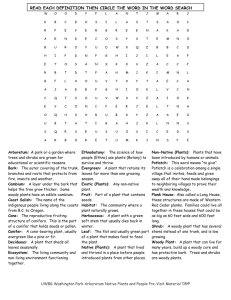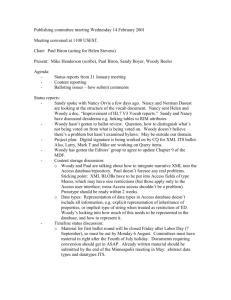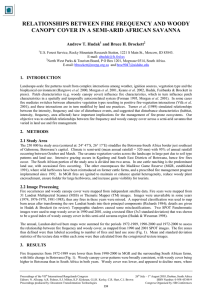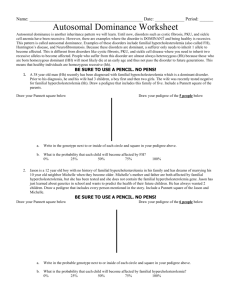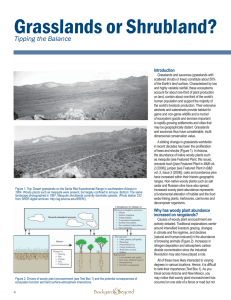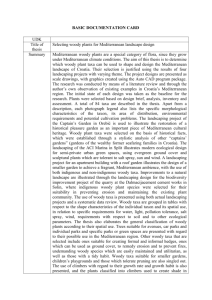July 2014
advertisement
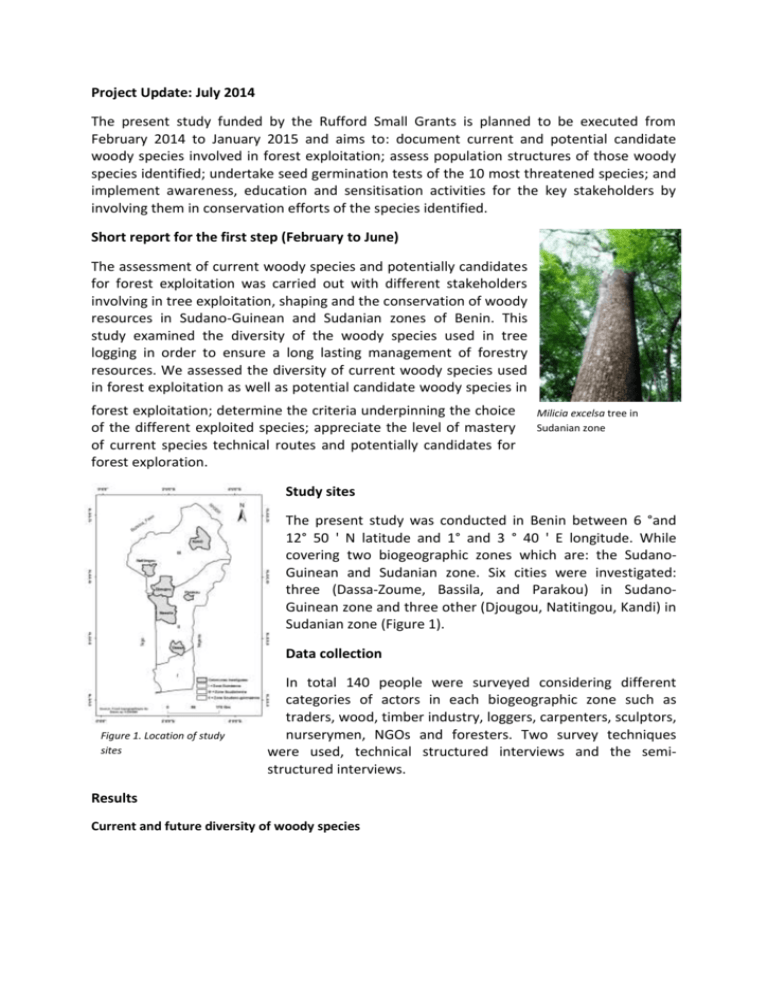
Project Update: July 2014 The present study funded by the Rufford Small Grants is planned to be executed from February 2014 to January 2015 and aims to: document current and potential candidate woody species involved in forest exploitation; assess population structures of those woody species identified; undertake seed germination tests of the 10 most threatened species; and implement awareness, education and sensitisation activities for the key stakeholders by involving them in conservation efforts of the species identified. Short report for the first step (February to June) The assessment of current woody species and potentially candidates for forest exploitation was carried out with different stakeholders involving in tree exploitation, shaping and the conservation of woody resources in Sudano-Guinean and Sudanian zones of Benin. This study examined the diversity of the woody species used in tree logging in order to ensure a long lasting management of forestry resources. We assessed the diversity of current woody species used in forest exploitation as well as potential candidate woody species in forest exploitation; determine the criteria underpinning the choice of the different exploited species; appreciate the level of mastery of current species technical routes and potentially candidates for forest exploration. Milicia excelsa tree in Sudanian zone Study sites The present study was conducted in Benin between 6 °and 12° 50 ' N latitude and 1° and 3 ° 40 ' E longitude. While covering two biogeographic zones which are: the SudanoGuinean and Sudanian zone. Six cities were investigated: three (Dassa-Zoume, Bassila, and Parakou) in SudanoGuinean zone and three other (Djougou, Natitingou, Kandi) in Sudanian zone (Figure 1). Data collection Figure 1. Location of study sites In total 140 people were surveyed considering different categories of actors in each biogeographic zone such as traders, wood, timber industry, loggers, carpenters, sculptors, nurserymen, NGOs and foresters. Two survey techniques were used, technical structured interviews and the semistructured interviews. Results Current and future diversity of woody species Twenty-four species were currently exploited in the two regions for timber, service as well as wood’s arts and sculptures. The Sudano-Guinean zone has larger diversity of species exploited with 24 species while the Sudanian zone accounts for seventeen species. The most represented families are Fabaceae (five species), Meliaceae (four species), Verbenaceae (three species); Bombacaceae (two species), Combretaceae and Moraceae (two species). Moreover, 15 native species are common to both zones: A. africana, P. erinaceus, K. senegalensis, I. tomentosa I. doka, D. mespiliformis, A. leiocarpa, B. costatum, M. excelsa, K. grandifolia, C. siamea, V. doniana, C. pentandra, E. camaldulensis and D. oliveri. Antiaris toxicaria tree Sixteen species are listed as potentially candidate and 13 criteria determined the choice of species used in forest exploration in studies zones. This study showed a low level of mastery knowledge technical routes of current and potential candidate species for forestry. Level of anthropogenic pressure of exploited species Pressure levels that affect different species occur depending on the position of the species in the chain of logging resulting in preference level. Four pressure levels are identified: very high pressure, high pressure, medium pressure and low pressure. The first level is observed on the species Pterocarpus erinaceus perceived as scarce species with six criteria guiding its choice. It is subject to a very high demand in the national and international level. The second level is observed on: A. africana, A. toxicaria, I. doka, I. tomentosa, P. africana. These are highly sought species on the national market. Another category (third level) is: A. leiocarpa, B. costatum, C. pentandra, D. mespiliformis, K. senegalensis, V. paradoxa species are subjected to medium Piece of furniture with P. pressure. Finally, the species under low pressure (fourth level) erinaceus are weakly preferred species: A. indica, S. siamea, C. cordifolia, D. oliveri, E. camaldulensis, K. grandifolia, M. excelsa, P. kotschyi, T. glaucesens, and V. doniana. Planning for the next step Based on species identified, we are planning to investigate their population structure in the wild and to start with seed germination tests. Awareness, education and sensitisation activities for the key stakeholders by involving them in conservation efforts of the species identified will come further.
